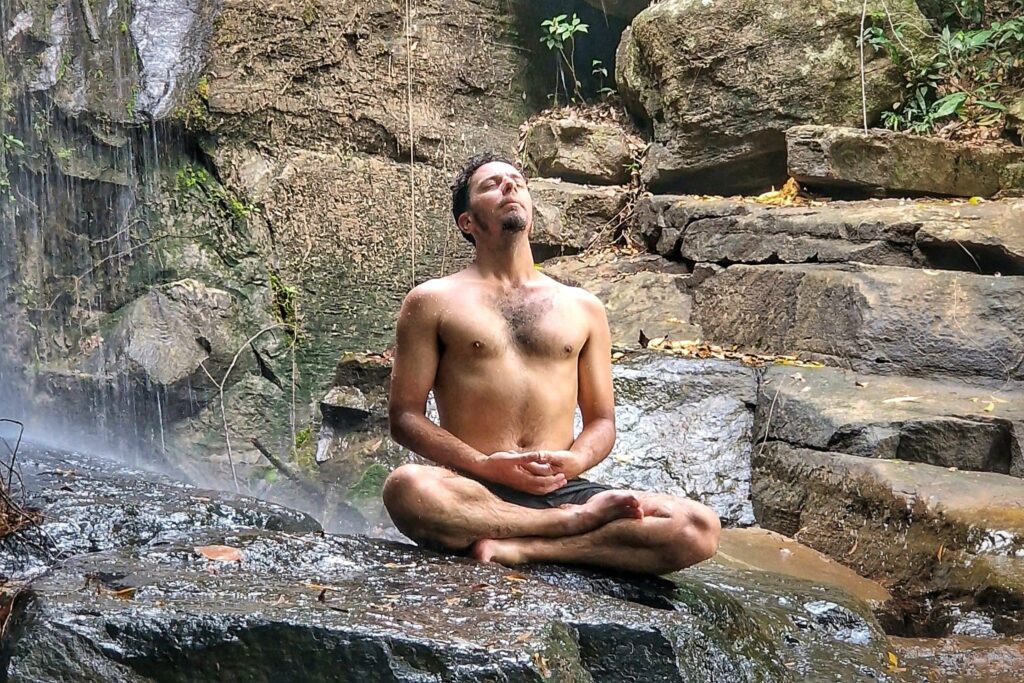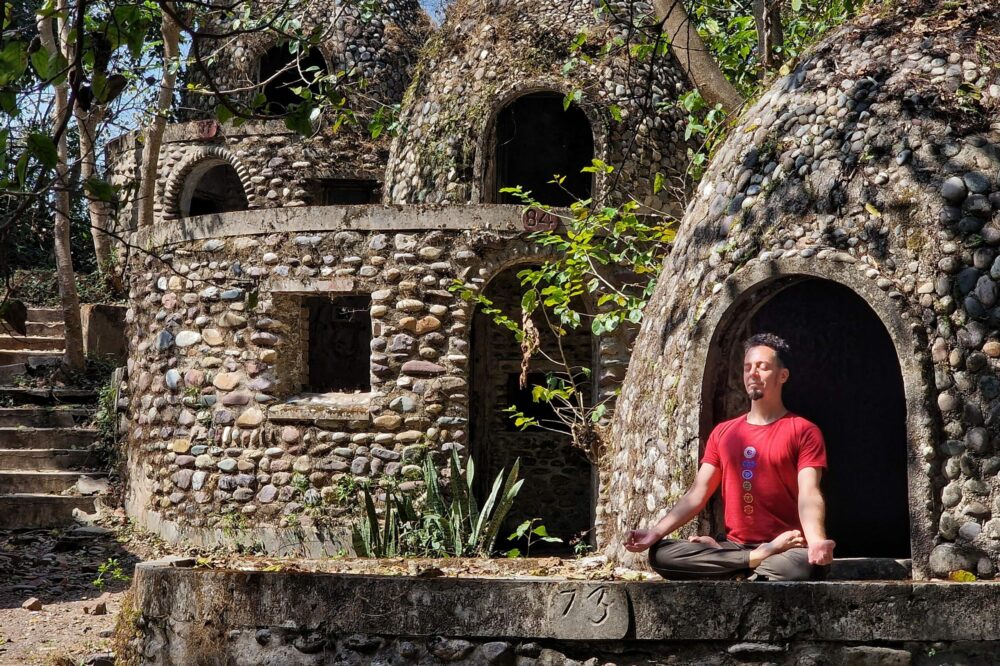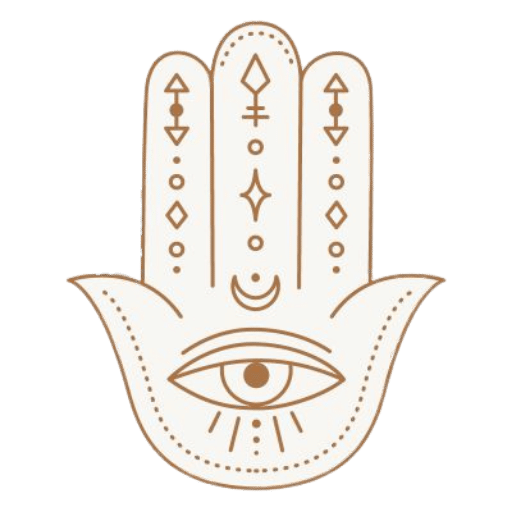
For our series of traditional kundalini kriyas for the 7 chakras (or 8?), here’s a very simple yoga practice coming straight from the Himalayan Tradition and the Swami Rama lineage.
As the crown chakra is our higher psychic center, there’s not much movement involved in this kriya – in fact none at all!
Let’s describe the few elements that compose this kriya and then go on to describe how to perform it. It’s a very simple but powerful kriya, which involves high concentration skills.
Sahasrara, The Crown Chakra
Sahasrara chakra, also known as the crown chakra, is the seventh primary chakra in Hindu Tantric tradition. It is located at the top of the head and is associated with the color violet or white.
The Sahasrara chakra is considered the highest chakra in the human energetic body (pranamaya kosha) and is associated with the attainment of enlightenment, transcendence, and spiritual liberation. It is associated with the element of pure consciousness and is said to be the seat of the soul.
When the sahasrara chakra is fully awakened and balanced, one may experience a sense of oneness with the universe, a deep connection to a higher power, and a profound understanding of the nature of reality.
To heal, balance and activate the sahasrara chakra, mantra meditation, asana, pranayama, and visualization practices are often used. The beej mantra of Sahasrara is the universal sound “AUM” (Om).
Crown chakra stones such as clear quartz, amethyst, and selenite are also used in healing practices to balance and activate the crown chakra.
Dhyani Mudra
Dhyani Mudra is one of the most common mudras (hand gesture) used in meditation, also known as the gesture of contemplation, concentration, or indeed meditation.
Dhyana is the 7th limb of yoga, the word means in fact meditation, and it’s a state that can only be achieved after long and constant practice.
The Dhyani Mudra is formed by bringing the hands in front of the heart, with palms facing upwards and placing the right hand on top of the left hand. The thumbs are gently touching, and the fingers are extended and slightly curved.
This mudra is commonly used in Buddhist and Hindu practices, and it is believed to enhance concentration and promote a sense of inner peace and calmness. The gesture represents the union of wisdom and method, and the balance of the masculine and feminine energies within oneself.
During meditation, the Dhyani Mudra is used to help connect with the higher self, to cultivate inner stillness, and to deepen the meditative state. It is also believed to help align the chakras and balance the flow of energy within the body.
In addition to its use in meditation, the Dhyani Mudra is also used in healing practices to promote relaxation, reduce stress and anxiety, and enhance mental clarity and focus.

How to perform the Kundalini Kriya for Shasrara, the Crown Chakra
- Sit in one of the meditative positions, keeping your back straight, and your chin pointing slightly upwards.
- Perform Dhyani Mudra.
- Keep your eyes partially closed, and leave a small space between your eyelids.
- Visualize a white crystal rotating on its axis (if you can’t try visualizing a white fog surrounding you. If that’s also difficult, bring up the memory of a familiar object that is white in color, such as clouds or the surf of waves).
Continue maintaining this concentration state for 10-12 minutes.
- Lay in savasana with your eyes closed for 5/6 minutes



